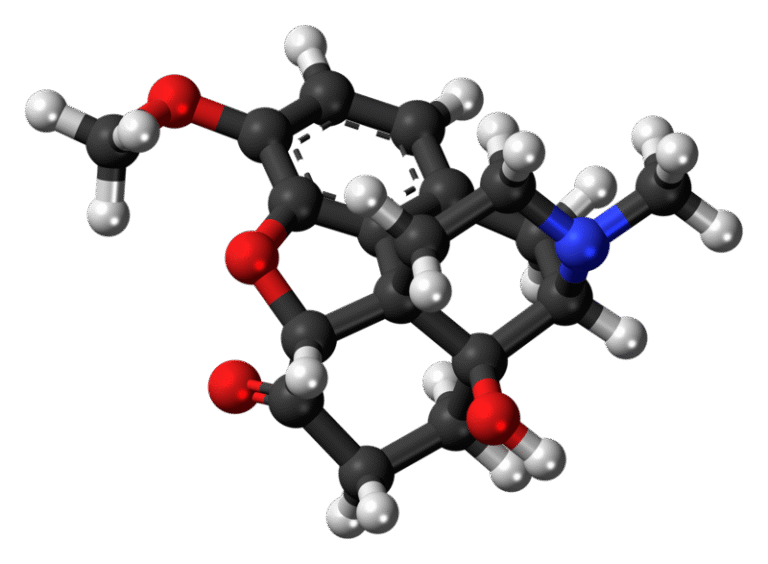OxyContin is a strong prescription drug used to treat severe and long-lasting pain. It contains oxycodone, a powerful opioid that affects the central nervous system. The drug works by binding to opioid receptors in the brain and spinal cord, changing how the body feels and responds to pain. OxyContin is known for its time-release formula, which means it delivers pain relief over a 12-hour period. Doctors usually prescribe it to be taken twice a day for people who suffer from chronic conditions such as cancer or intense injury-related pain.
While OxyContin helps many patients manage unbearable pain, it also has a high risk of abuse and addiction. The medication can cause a sense of intense pleasure or euphoria when taken in high doses or used in ways not intended by medical professionals. This includes crushing the pills to snort or inject, which removes the time-release feature and results in a sudden and dangerous surge of the drug in the body.
OxyContin was first introduced in 1995 by Purdue Pharma, a pharmaceutical company based in the United States. The drug was heavily promoted to doctors and hospitals as a safe and low-risk solution for pain management. However, the company’s claims were later proven to be misleading. Many patients became addicted, leading to a public health crisis in the U.S. and other countries. Purdue Pharma eventually faced thousands of lawsuits and filed for bankruptcy. The company paid billions of dollars in settlements for its role in fueling the opioid epidemic.
Medical experts warn that while OxyContin can be helpful when used correctly, it must be handled with extreme care. The drug is classified as a Schedule II controlled substance in the United States, meaning it has approved medical uses but also a high risk of abuse and dependence. Patients who use OxyContin over a long period may develop a tolerance, meaning they need more of the drug to get the same effect. This can lead to physical dependence and, in many cases, addiction.
Common side effects of OxyContin include nausea, dizziness, constipation, and drowsiness. More serious risks include slowed breathing, confusion, and loss of consciousness. If misused or taken without a doctor’s supervision, OxyContin can cause fatal respiratory failure. Medical professionals stress that this medication should only be used when other treatments have failed and that patients must follow strict dosage instructions.
Withdrawal from OxyContin can be extremely uncomfortable and dangerous. When someone stops taking the drug suddenly, especially after long-term use, they may experience symptoms such as muscle pain, sweating, anxiety, diarrhea, and vomiting. Because of these risks, doctors usually recommend slowly reducing the dose rather than stopping all at once.
Globally, OxyContin is highly regulated. In many countries, it is not available outside of hospitals or specialized medical centers. International health organizations, including the World Health Organization, closely monitor the use of opioid medications like OxyContin to prevent misuse. Despite these efforts, illegal use and trafficking of the drug continue to be problems in both developed and developing countries.
The debate around OxyContin has also raised questions about the role of pharmaceutical companies, medical ethics, and the balance between pain relief and public health. As countries around the world deal with the impact of opioid addiction, OxyContin remains a symbol of both the benefits and dangers of modern medicine. Its legacy includes stories of pain relief, addiction, legal battles, and policy changes that continue to shape how powerful medications are prescribed and controlled.







